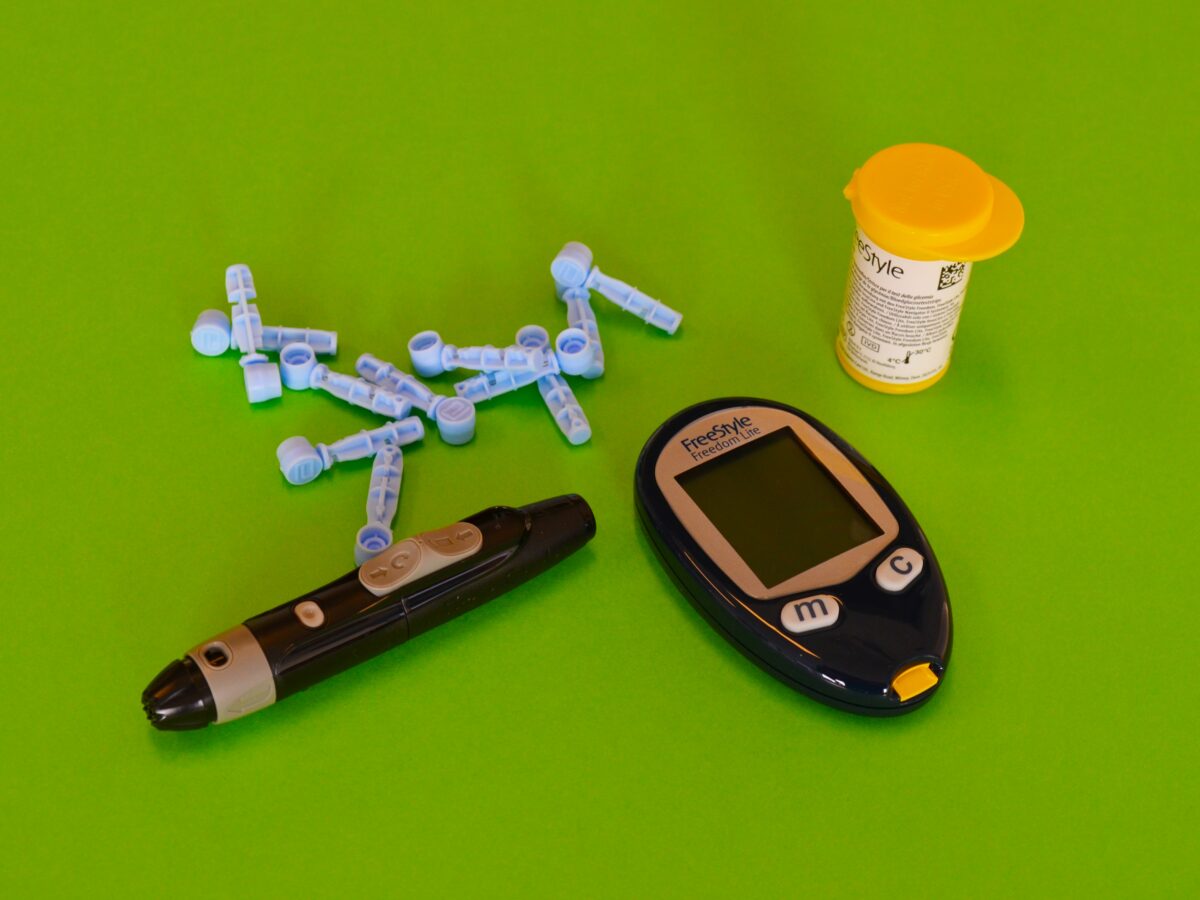Finding the right diabetes support groups can be crucial for anyone managing this chronic condition. Support groups offer a platform to connect with individuals who share similar experiences, providing not only emotional support but also practical advice. Locating reliable diabetes support groups requires a little research and perseverance. Start your journey by exploring local healthcare providers, such as hospitals or diabetes clinics, which often have resources for patients looking to connect with others. Many of these facilities organize support groups or can recommend established ones in the community.
Moreover, online resources are a treasure trove for finding diabetes support groups. Websites dedicated to diabetes management frequently feature forums and chat rooms where people can share their experiences and seek guidance. Social media platforms can also be a valuable asset, as many groups and page communities focus specifically on diabetes support. Through these online channels, individuals can find a supportive network that transcends geographic boundaries, allowing them to engage with others regardless of their location.
It’s also essential to ensure that the support group you choose is reliable and reputable. Checking for credentials, such as affiliations with recognized diabetes organizations, can help you ensure that the group is providing accurate information and consistent support. Reading reviews or testimonials from current or past members can also give insights into the group’s effectiveness and mood. Participants should feel safe, understood, and encouraged when sharing their personal journeys.
Lastly, consider attending a few different meetings, whether in person or virtually, before settling on a group. That way, you can assess the dynamic and determine which environment feels most comfortable for you. Remember that the goal is to create a network of support that makes living with diabetes a little easier, so keep searching until you find a group that resonates with your needs and preferences.
We Buy Unused Diabetic Test Strips and Supplies
If you would like to find out about earning cash for your unwanted, unused, and boxed test strips, complete our online quote form today.
If you have extra, unopened and unused boxes of diabetic test strips – whether you have switched brands, no longer need to test or test less frequently, or have a loved one who has passed away – don’t let them gather dust until they’ve expired and end up in the trash. We’re the best place to sell diabetic test strips online, and if you want to sell your test strips, we’re here to make the process easy and enjoyable!
Visit us at Sell Your Test Strips and get your free quote today!









